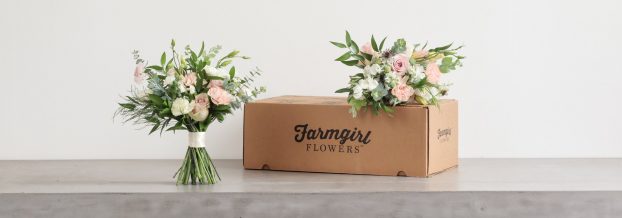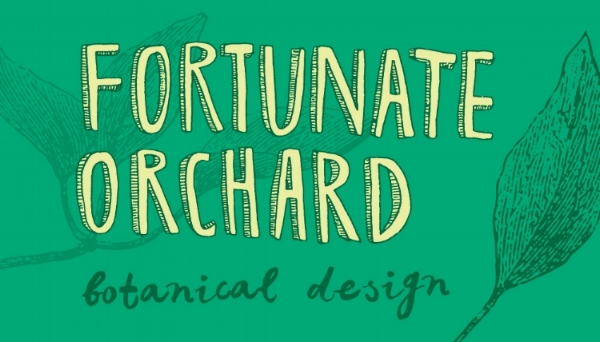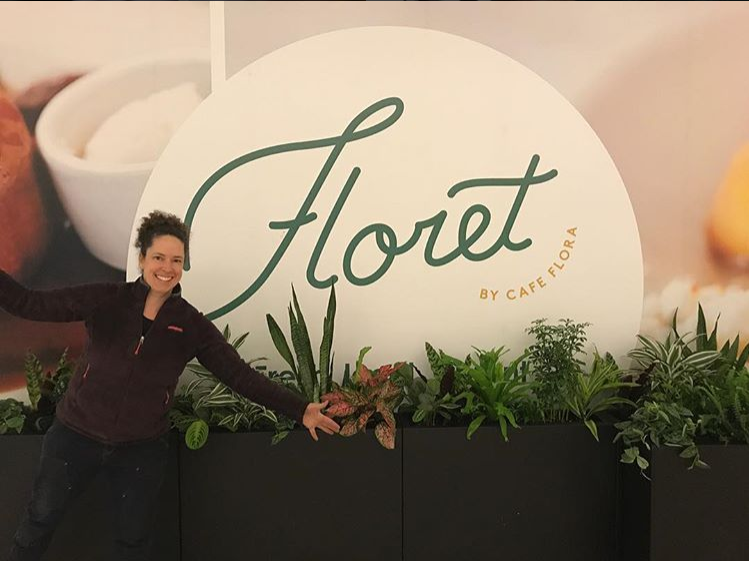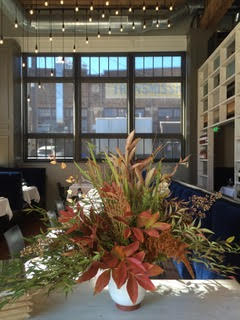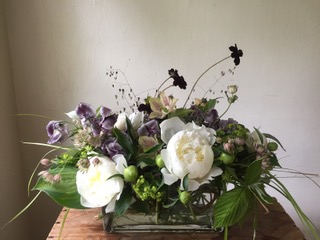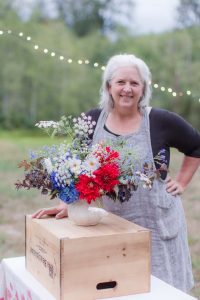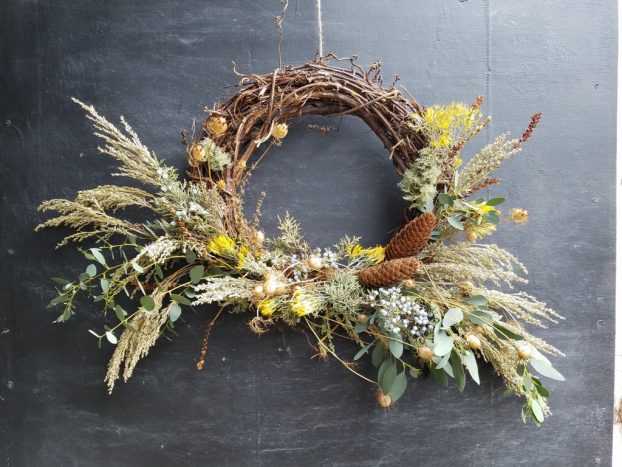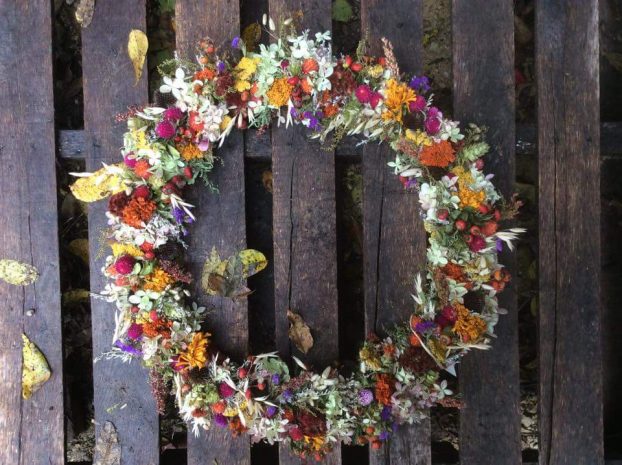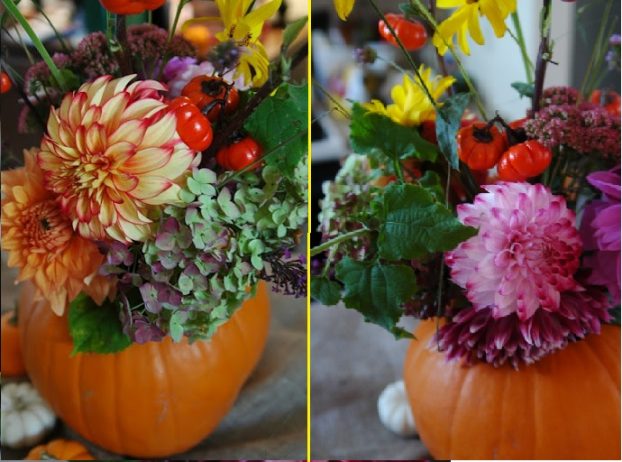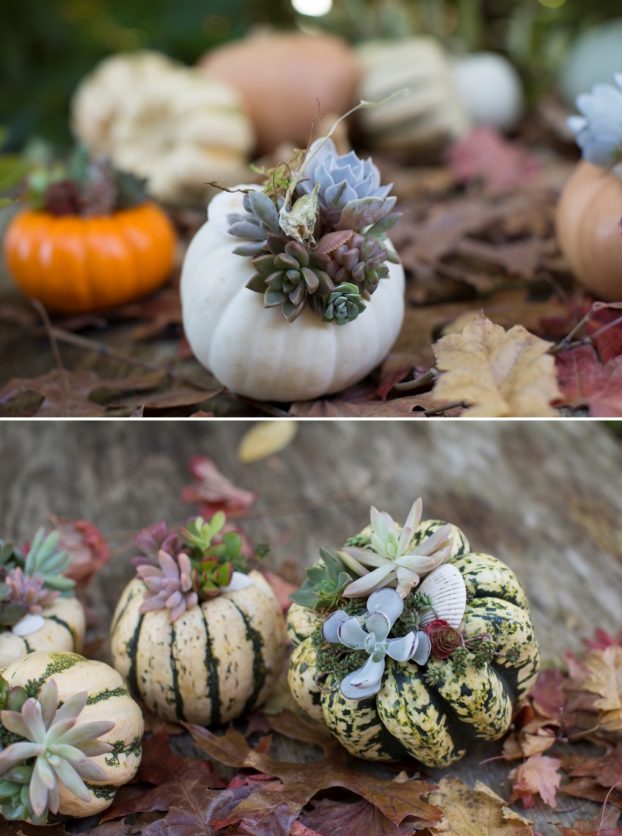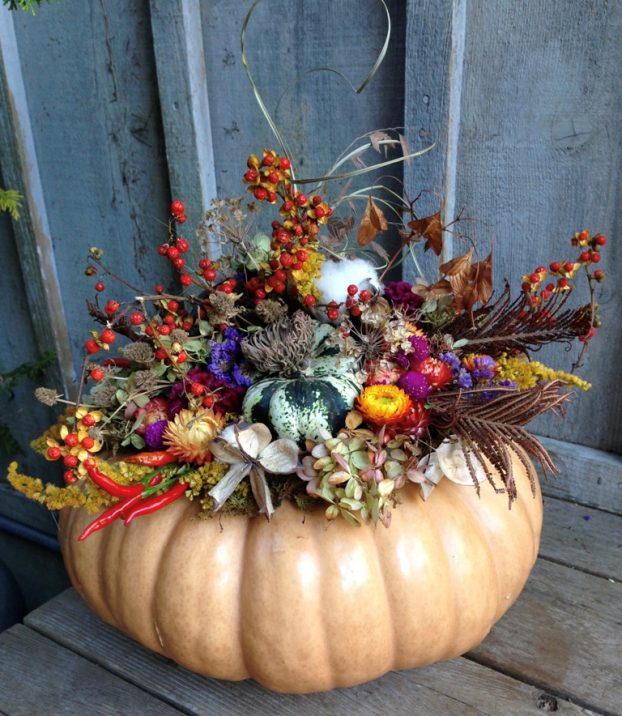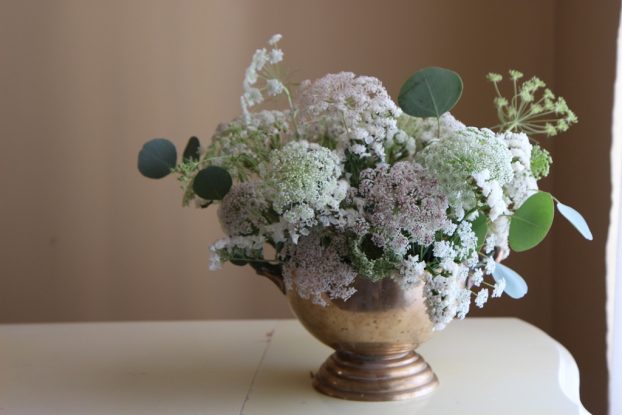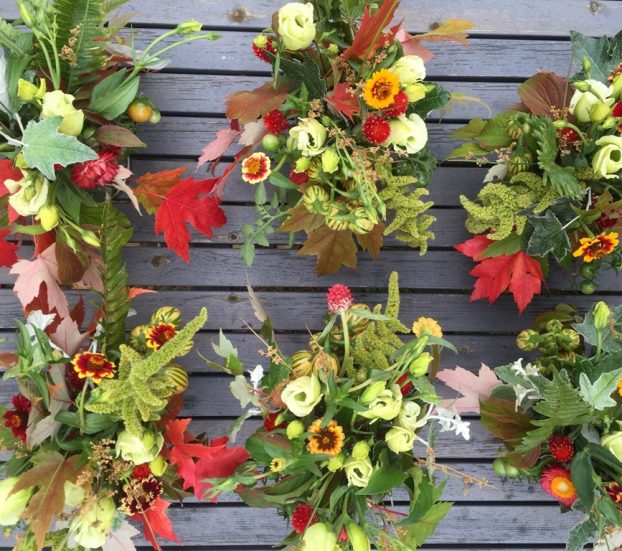Podcast: Play in new window | Download
Subscribe: Apple Podcasts | Podcast Index | RSS | More
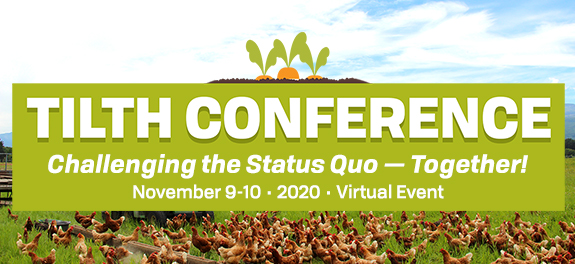
Thank you so much for joining us! Today, I’m sharing the audio recording of a November 20th panel I moderated for the annual Tilth Conference. Produced by the Tilth Alliance, a Seattle-based organization that works in community with farmers, gardeners and eaters in Washington state to build a sustainable, healthy and equitable food future. The conference planners invited Slow Flowers to propose a presentation, and of course we wanted to bring the conversation of flower farming to this mostly food-focused agricultural event.
For the panel title, I proposed “Relocalizing Flowers,” a fantastic phrase I borrowed from a session I moderated earlier this summer for the Phipps and Penn State Extension Summer Short Course.
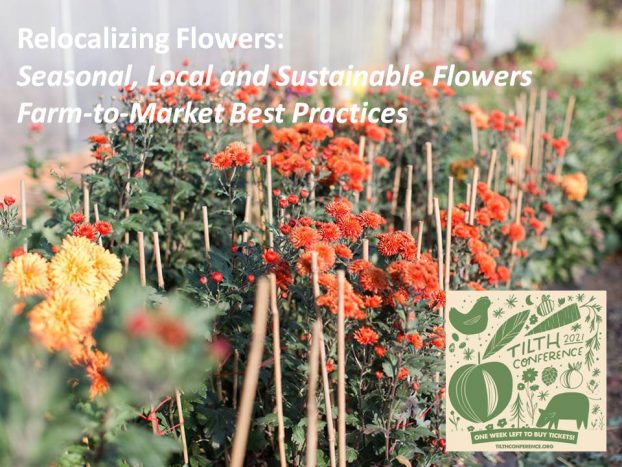
And I pitched the following: There is a heightened interest in local and seasonal flowers as an economic opportunity for farmers and florists alike, fueled by the Slow Flowers movement. Our panel of PNW local flower experts will discuss how the audience can participate in Relocalizing our Flowers. Each panelist represents a role along the continuum — including those who grow, sell and design with flowers. The will discussed best practices for the current consumer climate and answered questions about the progressive momentum that’s changing attitudes around local, seasonal and sustainable flowers.
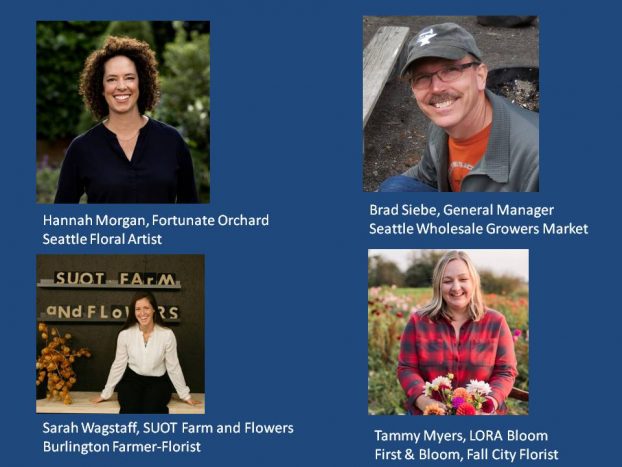
I put out a call to Slow Flowers members in the Seattle area and I’m so pleased that the people you’ll hear today said Yes and with the panel’s diversity of experience and what they had to share. Let’s jump right in and you can meet the panelists: Brad Siebe of the Seattle Wholesale Growers Market; Hannah Morgan of Fortunate Orchard, Sarah Wagstaff of SUOT Farm & Flowers and Tammy Myers of First & Bloom and LORA Bloom.
Here’s more about the panelists:
Brad Siebe is the general manager of the Seattle Wholesale Growers Market, a Farm to Florist Producers Cooperative. He oversees administration, operations, general and financial management, strategic planning/execution, as well as the market’s sales and customer relationships. The Seattle Wholesale Growers Market is a farmer-owned cooperative committed to providing the very best the Pacific Northwest has to offer in cut flowers, foliage and plants. Its mission is to create a sustainable living for its Pacific Northwest member farms by promoting their vibrant and diverse products to the floral industry. All year round the SWGMC brings the best flowers in the Pacific Northwest to the marketplace.
Owner and lead designer of Fortunate Orchard, a floral studio based in Seattle’s Seward Park neighborhood, Hannah Morgan holds a B.F.A. degree in one hand and a pair of pruning shears in the other. Her designs are deeply rooted in the seasons of the Pacific Northwest and she sources primarily from the West Coast — often from the Fortunate Orchard garden, steps away from her work table.
Sarah Wagstaff is the farmer & owner of SUOT Farm & Flowers. Home to not only a no-till urban farm in the hub of Skagit Valley WA, it is also a hugelkultur demonstration garden, education workspace, & full-service floral studio. SUOT stands for Small Units Of Time because we know that we aren’t able to accomplish everything we want to in one day, but little by little, we will get there together! Since 2015, she has committed to providing her customers, clients, & community with the mindfully grown flowers, fresh local bouquets, & uniquely stunning arrangements in compostable/recyclable packaging. Proud to be a local woman owned business, her flowers are 100% locally grown in WA and she strives to host, promote, & carry other women artists/makers in her retail studio.
Tammy Myers is a floral designer and owner of LORA Bloom, an online E-commerce and marketing platform that represents florists aligned with the values of supporting local flower farms and offering foam-free designs. The platform serves as a one-stop-shop for customers to order local floral delivery, while participating florists commit to providing great customer service, high quality, foam-free designs and a minimum of 80% American-grown floral ingredients.
We also shared two short videos from the Seattle Wholesale Growers Market’s Farm to Florist series in our presentation, filmed by Alayna Erhart
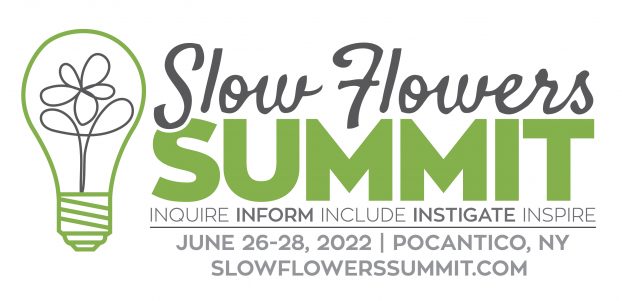
Today is December 1st and you know what that means?! It’s the day we’re opening up ticket sales to the 2022 Slow Flowers Summit and I couldn’t be more thrilled.
The 5th Slow Flowers Summit heads to Lower Hudson Valley, located just 45 minutes outside of Manhattan. I’m so excited to welcome you to three days of amazing programming on June 26-28, 2022. You will be hearing a lot from me in the coming months, as we highlight our speakers, the immersive floral program and two iconic agricultural venues — Stone Barns Center for Food & Agriculture and the Red Barn at Maple Grove Farm.
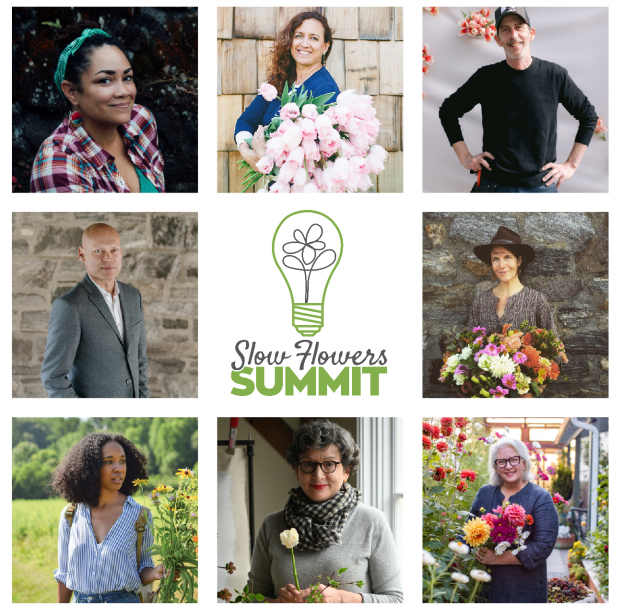
Middle row, from left: Philippe Gouze and Shannon Algiere
Bottom row, from left: Ronni Nicole Robinson, Frances Palmer and Debra Prinzing
Registration to the 3-day event is $899, including breakfasts, lunches, refreshments and an opening day welcome cocktail party reception. Slow Flowers members may register for a $50 discount of $849. If you grab your ticket before December 31st, enjoy an additional savings of $100 off both the member and general rate.
And just a note, the dinner at Blue Hill restaurant on Monday, June 27, 2022 is a separately ticketed event, so plan accordingly. You can find all the details at Slow Flowers Summit (www.slowflowerssummit.com).
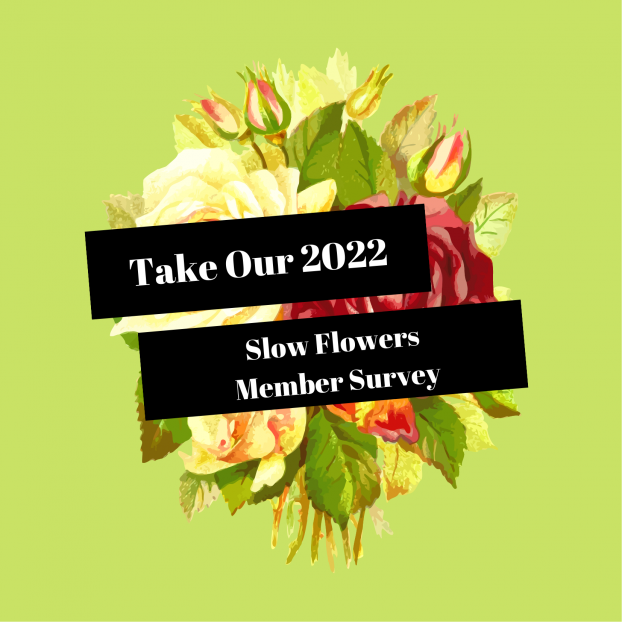
No pressure if you’ve been procrastinating, but this is your last chance to take the Slow Flowers Annual Member Survey, which closes this Friday, December 3rd. Follow the link below to complete our Survey and for those of you who complete the survey and share their names and email addresses, you will be entered into a drawing for two thank-you prizes.
One Complimentary Slow Flowers Premium Membership for 1 year (a $249 value)
One Free Slow Flowers Dinner at Blue Hill at Stone Barns – June 27, 2022 in Pocantico Hills, New York, (a $350 value) Don’t miss out!
Thank you to our Sponsors
This show is brought to you by Slowflowers.com, the free, online directory to more than 880 florists, shops, and studios who design with local, seasonal and sustainable flowers and to the farms that grow those blooms. It’s the conscious choice for buying and sending flowers.
Thank you to our lead sponsor for 2021, Farmgirl Flowers. Farmgirl Flowers delivers iconic burlap-wrapped bouquets and lush, abundant arrangements to customers across the U.S., supporting more than 20 U.S. flower farms by purchasing more than $9 million dollars of U.S.-grown fresh and seasonal flowers and foliage annually. Discover more at farmgirlflowers.com.
Thank you to Roadie, an on-demand delivery company offering affordable same-day and scheduled delivery. With a network of friendly, local drivers who handle each delivery with care, and one-on-one support from a designated account manager, Roadie guarantees a smooth and reliable delivery experience–from pickup to delivery. Sign up for your first delivery at Roadie.com/slowflowers and use promo code slowflowers–that’s one word–to get five dollars off.
Thank you to Flowerfarm.com, our new sponsor. FlowerFarm is a leading wholesale flower distributor that sources from carefully-selected flower farms to offer high-performing fresh flowers sent directly from the farm straight to you. You can shop by flower origin and order flowers and foliage from California, Florida, Oregon and Washington by using the “Origin” selection tool in your search. It’s smarter sourcing. Learn more at flowerfarm.com.
Thank you to The Gardener’s Workshop, which offers a full curriculum of online education for flower farmers and farmer-florists. Online education is more important this year than ever, and you’ll want to check out the course offerings at thegardenersworkshop.com.
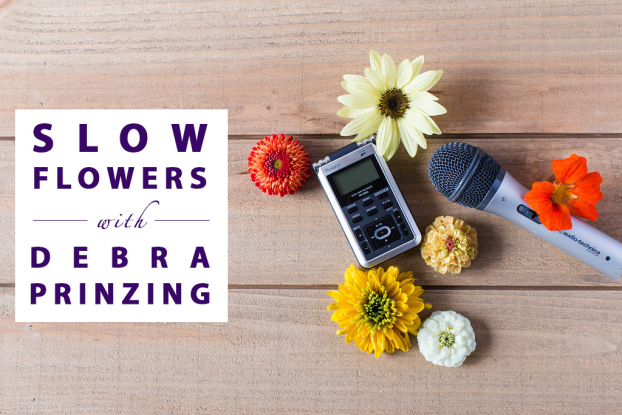
Thanks so much for joining us today! The Slow Flowers Podcast is a member-supported endeavor, downloaded more than 790,000 times by listeners like you. Thank you for listening, commenting and sharing – it means so much. As our movement gains more supporters and more passionate participants who believe in the importance of our domestic cut flower industry, the momentum is contagious. I know you feel it, too.
If you’re new to our weekly Show and our long-running Podcast, check out all of our resources at Slow Flowers Society.com and consider making a donation to sustain Slow Flowers’ ongoing advocacy, education and outreach activities. You can find the donate button in the column to the right at debraprinzing.com
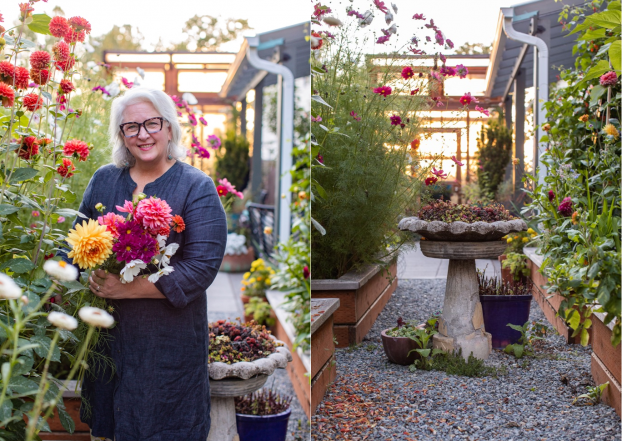
I’m Debra Prinzing, host and producer of the Slow Flowers Show & Podcast. Next week, you’re invited to join me in putting more Slow Flowers on the table, one stem, one vase at a time. The content and opinions expressed here are either mine alone or those of my guests alone, independent of any podcast sponsor or other person, company or organization.
The Slow Flowers Podcast is engineered and edited by Andrew Brenlan. You can learn more about Andrew’s work at soundbodymovement.com.
Music Credits:
Betty Dear (piano feature); Turning on the Lights; Gaena
by Blue Dot Sessions
http://www.sessions.blue
Lovely
by Tryad
http://tryad.bandcamp.com/album/instrumentals
http://creativecommons.org/licenses/by-sa/3.0/
In The Field
audionautix.com









